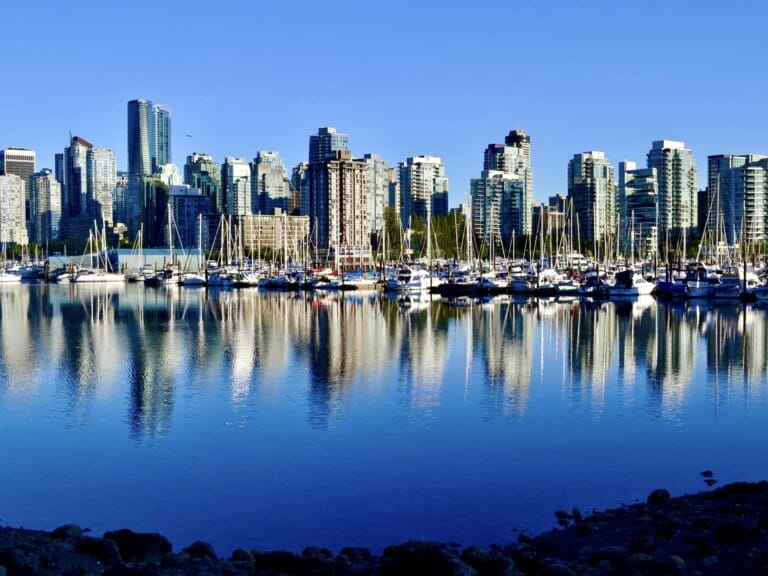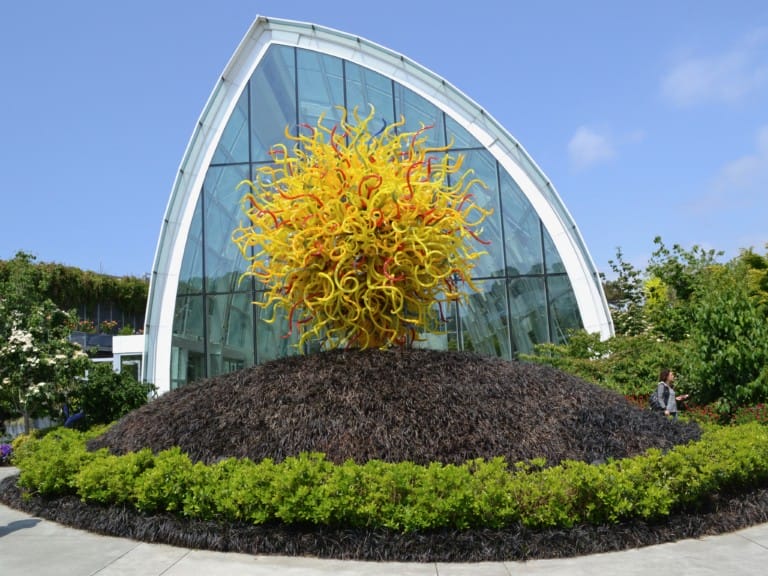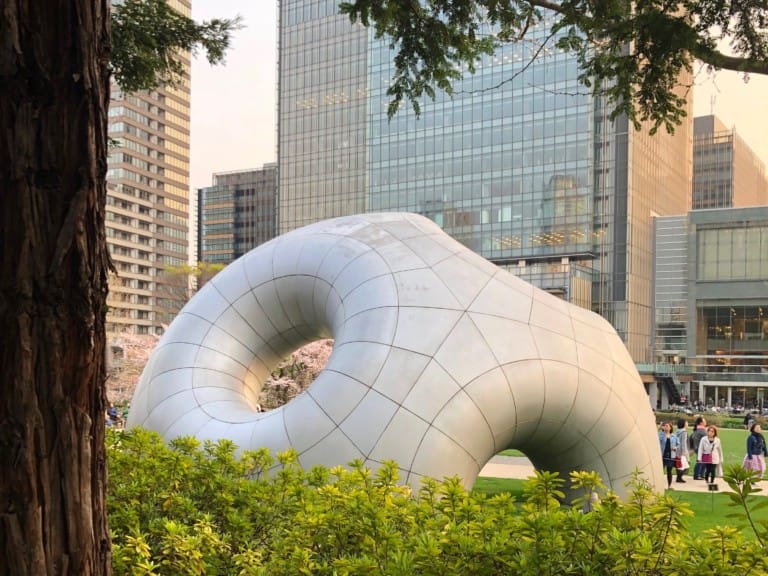INTERVIEW CONTINUED FROM PREVIOUS PAGE
JL: You mentioned a trip to train with Tim Wendelboe. How did that affect your methodology and approach?
JD: That was a fantastic trip, and Tim is just one of the most respected professionals in the industry, and I won’t just say roaster. Across the board, the guy is just committed to affecting the industry in a positive way. The reason I went to him, I felt his style of coffee was very much in line with our brand and our style of coffee. The term Scandinavian roast, you’ll hear that often in the industry. I know that Tim doesn’t care for that description, or that term, but I think it’s still valuable to use. It does describe a type of roast that is unique and far different from what other roasters are doing in America. Your top Third Wave companies have all adopted that style of approach, and really what it is, they’ll say, “Oh, it’s just light roasting.” It’s not light roasting at all. That’s what it is, in a sense, but it’s not just about light roasting. It’s about roasting to taste and it’s about trying to achieve flavor clarity. Meaning that when you source a bean, the job of the roaster and the roasting machine is to do nothing more than to present those flavors. When we approach a new coffee, we roast it from 6 – 10 different degrees and sometimes we’ll modify the curve so we’re tasting the coffee in many different ways. We cup it blindly, so there’s nothing in our mind to affect our judgment on the cup except the taste. When we’re cupping, we have no idea what batch this was, and we pick a coffee based on our sensory evaluation, what that roast happens to be is just what that roast happens to be, whether it’s extremely light, medium, light to medium, however you want to classify it, has nothing to do with it. It’s what tastes best. That’s why we don’t have roast levels on our bags, because for us, it’s really about taste. Tim has really pioneered that in the industry, and a lot of Scandinavian roasters and Nordic roasters have been roasting that way for quite a while. They’ve influenced coffee in America pretty tremendously. When you look at some of the bigger companies, they’ve all adopted the style of roasting in a way that’s developed, but at a much lighter roast level than the way coffee had been roasted historically in America. It’s about really highlighting bright vibrance – when it’s floral or fruity – whatever it is. Whatever that coffee portends, that’s what it’s about. That’s why I went with Tim. It’s not that there’s not great roasters here in America. It felt like, for our brand and what we were trying to achieve, Tim was a perfect fit. It was a fantastic trip. I didn’t know what to expect. I’d never met him before. He’s an extremely nice guy, extremely helpful, more than willing to open his playbook and tell me anything I wanted to know. I was really impressed, because that’s not always the case in any industry that you’re going to get somebody who’s going to just tell you anything and everything. A lot of people feel like these are propriety trade secrets they need to hold on to. He was absolutely the polar opposite of that, couldn’t care less about whatever I needed to know to improve what I was doing. That I respected tremendously. I’d talked to other roasters in the past, just casual conversation, and some of them are very guarded. They’re not willing to tell you a lot, but he was. That was great.
Tim is obviously sourcing different coffees, but our philosophies in sourcing coffees are very similar. He has a different roasting machine, but I wasn’t trying to be Tim Wendelboe in America. I still had a brand and a style of coffee that I wanted to stay true to. What Tim did for me was kind of inspired me and motivated me to try things different, so that I know there’s a better way to do things. I’ve been roasting for many years. I felt like I’ve achieved a little bit of success, but obviously I wouldn’t have went to him if I didn’t feel like there were ways I could do things better. When I got there, I was already open minded enough to learn, and at least try some of the things he was doing or recommended. I cupped my coffee, cupped his coffee, and that was pretty eye opening. He has a different roasting machine, and it was very different, so I knew it was still going to be a bit of a challenge, more in terms of not – turn your gas to this point in this point of the roast – that wasn’t what I got out of it. Just more of the theory and philosophy. I worked a lot with his roaster, cupped a lot of his coffee, and started making some correlations based on how we were roasting the coffee, and how it was cupping. The things I liked, those are the things I brought back. And right off the bat, I tried things that for years, I just thought, “It’s ridiculous.”
JL: Like what?
JD: Just in terms of application to heat and how roast curves should be or shouldn’t be…The learning process, for anybody, unless you absolutely do it on your own, which rarely happens, you’re taking advice and tidbits from people you like and you think are mentors in the industry. So there were ways I was doing things in the past, and it’s not to say that was bad, because, again – prior to going to Norway, I was very successful, people liked my coffee, I sold a ton of it – but what it did was almost made it like a clean slate. “Okay, I’m just going to play. I’m going to go back. I know that I’ve been doing coffee this way for a long time, but just for the heck of it, even if this doesn’t necessarily seem like it’s going to work, I’m going to try it on my own machine.” I had positive effects on my coffee immediately. I started making one change at a time. I didn’t want to muddy it up to the point where I was changing too many variables. I’d take one thing and apply it and roast and cup the coffee blindly – old style, new style – and always favorited this particular change. I started doing that in different areas, to the point where my curves were just drastically different, but I felt like our quality improved across the board – our espresso and our drip – the staff was noticing it. It was pretty significant.
JL: When was this trip?
JD: I went to Norway in September. So I continued to tweak for a good two months after I got back. I finally got to the point where we’re standardizing our profiles now, based on stuff I learned in Norway from Tim…My roaster’s very unique. There’s no other roaster in the world in how it behaves. I almost had to re-teach myself how to roast when we first opened, because of the way that burner operates. The burner is compliant to Southern California air quality guidelines, which are the strictest in the world. I had to adopt a burner system that roasts completely different. Nobody else has had to adopt on their machine. I was the first to put that kind of burner in a shop roaster. That was a little challenging. To some degree, I couldn’t rely on anybody to tell me how to control my machine. “Try making this change on your gas and air flow at this point.” My roaster, even though it’s a U.S. Roaster Corporation roaster, it was like nobody else’s machine. In the beginning, when I first started roasting on it, it was a little frustrating. I felt like the coffee in the beginning was good, but I knew something was not there…I felt like some of [Tim Wendelboe’s] techniques counterbalance that, so that it starts operating like a traditional roaster, in a lot of ways, in terms of how it transfers heat. It’s a balance between convection and conduction, in how you roast coffee, and how you do that dramatically affects how you impact the flavor of the coffee. That’s kind of how that played out, with going to Norway and how that impacted my profiles. I’m super happy.
JL: What does a typical coffee and tea consumption day look like for you?
JD: It’s a little less predictable now than it was, just because of the tea shop. I’m drinking more tea than I ever had because I’m more excited about tea than I ever have been. I’ve tasted teas that pretty much shattered my perception of what tea is, in terms of types of flavors and just the differences among countries. Not even just types of tea, but where they’re grown, similar to coffee. Normally, I would drink at least three cups, as much as five cups of coffee a day. If I drank less than that, it’s because I was too busy and never got around to brewing more cups than that. Sometimes I go without a cup at all. I’ll get to a shop, expecting to sit down, bust out some admin stuff and I’m already dealing with, whatever. Sometimes just from one point to the other, I’m handling this, handling that, and I get to the end of the day, “Man, I had no coffee today.”
JL: Are you here seven days a week?
JD: Six. Like clockwork. Seven, only if I have to.
JL: Do you ever make coffee at home?
JD: All the time.
JL: What’s your preferred brewing method?
JD: I’ve got a home Trifecta now, so I tend to gravitate towards that, just because it’s so easy and produces a great cup. I used to use a V60 all the time, or Tecnovorm. If I’m making coffee for Christa and myself, I use a Tecnovorm. It just brews a great cup, but Trifecta’s probably 90% of what I brew, and I just got a new espresso machine, so I started brewing more espresso at home.
JL: If you could only have one more shot of espresso, who would you let pull the shot for you?
JD: That’s a tough one. I don’t want to offend anybody. There are so many great people that make great espresso. My one way out is I can’t pick anybody I haven’t had pull a shot for me…That’s a tough question. Does everybody have a tough time with that question?
JL: Maybe not quite this tough.
JD: I’m going to say – with the disclaimer that there are plenty of people that pulled great shots for me – as of late, I’m going to go with Matt Moreno.
JL: He works for you?
JD: He does. He’s one of our shift leads and part of our quality control team.









Leave a Comment